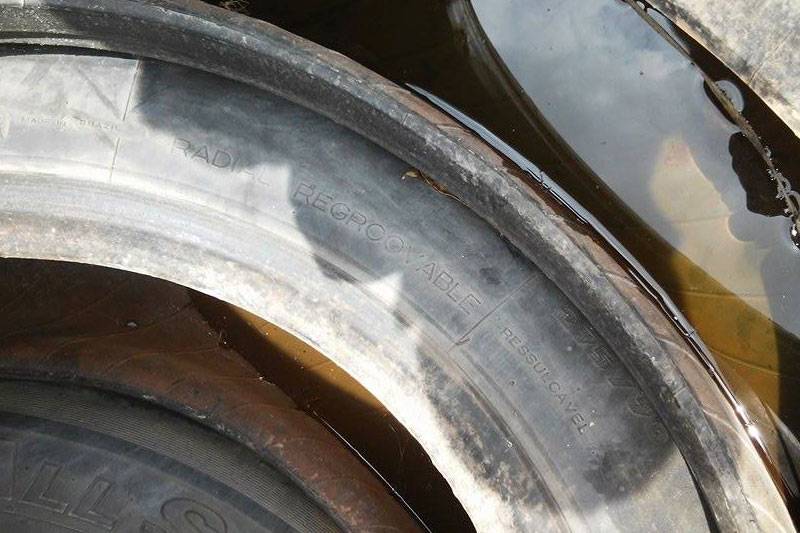Several sectors of the city council will be involved, such as health planning and surveillance, epidemiological surveillance, endemic agents and health agents as well as community leaders and we also count on the participation of the military. We will roam all the streets, distributing educational materials and giving instructions on how to clean the floor and the importance of not accumulating water, explains the municipal epidemiological surveillance coordinator, Nurse Graziela Macarini Zuchinalli.
She explained that the municipality is also mapping the vacant plots and notifying the owners to arrange for cleaning and collection of garbage improperly deposited in these places. Likewise, the city government will clean public spaces, and prevent materials remaining in these places from accumulating water.
It’s rainy and sunny season, and with the erratic disposal of litter, ideal conditions for mosquito breeding are ending, Graziela recalls. The nurse confirms that Gosara was selected for this procedure because the outbreaks in the municipality are concentrated in the area, and also include Vila Nova, around BR-101, as well as the neighborhood of Presidente Vargas.
New actions
The first outbreaks of the disease appeared in these communities and are still frequently found. We’ll start with Gosara, but the task force may also be implemented in other neighborhoods, he envisions.
The coordinator stresses that the control and prevention of Aedes aegypti continues throughout the year, with the spread of traps at strategic points in the municipality and weekly monitoring, as well as raising awareness among the population whenever there is a focus.
Sade’s Municipal Health Network is also monitoring the reported cases, at the moment, of a patient who arrived from Tocantins and two people who traveled to Joinville. Graziela says it’s symptomatic.
An increase in cases in the state
The first epidemiological bulletin of the Aedes aegypti Rapid Indicator Survey (LIRAa) this year revealed that 45 municipalities in Santa Catarina had a high risk of dengue transmission in the same period last year, and there were 17 municipalities. west of the state.
According to the Directorate of Epidemiological Surveillance (DIVE/SC), 9,422 cases of dengue have already been confirmed in Santa Catarina. Of these, 7,515 are original, that is, with in-state transmission. Eight deaths from the disease have been confirmed, including a 40-year-old man in Crisima. There are nine deaths under investigation.
symptoms
Usually the first appearance of dengue fever is a high fever (39 to 40 ° C) from a sudden onset, which lasts from two to seven days, and is associated with headache, weakness, body, joint and back pain.
Spots are present on the body in 50% of cases, and they can affect the face, trunk, arms and legs. Loss of appetite, nausea, and vomiting may also occur. When presenting the signs and symptoms, the patient should seek medical attention to avoid worsening of the condition.

“Wannabe internet buff. Future teen idol. Hardcore zombie guru. Gamer. Avid creator. Entrepreneur. Bacon ninja.”

